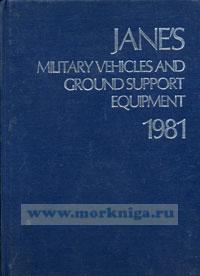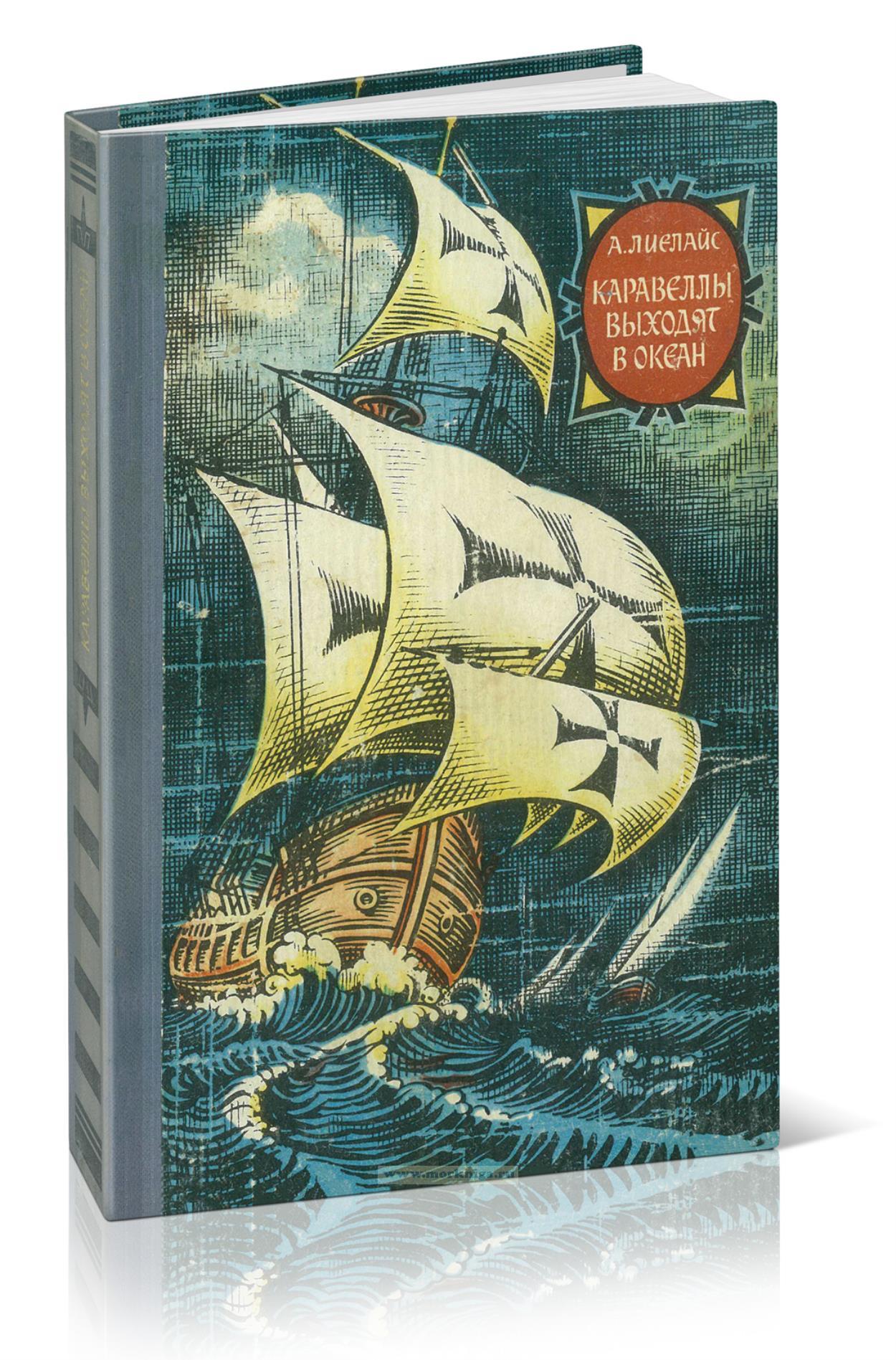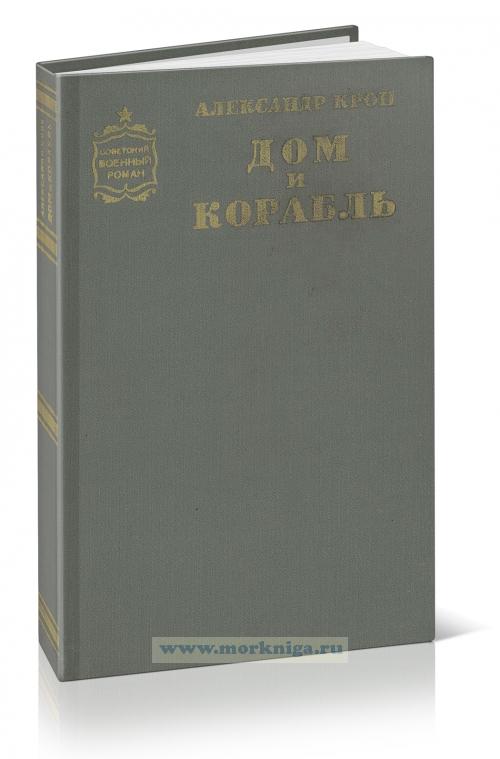Jane's military venicles and ground support equipment. 1981
The first edition of this book was known as Jane's Combat Support Equipment: the change of the title to Jane's Military Vehicles and Ground Support Equipment has been made as a considerable proportion of the book is devoted to various types of military vehicle such as light vehicles, trucks, tank transporters, amphibians, tracked prime movers and cargo carriers and over-snow vehicles.
As this foreword was being written war was raging in the Middle East between Iran and Iraq, and once again attention was being focused on the logistical problems encountered by the combatants. Tank transporters have played a vital role in bringing tanks and self-propelled guns from the rear areas to near the front line, which saves not only time, but valuable track life and helps ensure that AFV crews arrive in the vicinity of the battlefield in a much better condition than if they had to drive their vehicles over long distances themselves.
Tank transporters were of particular importance to the Iranian Army as most of the MBTs were in other parts of the country than the area where they were required. The bulk of the Iranian Army's tank fleet consists of British-supplied Chieftains for which Iran has received no spares for over a year. But this is probably not such a great drawback as thought as since the revolution the army has not been making extensive use of its vehicles for training and therefore had not used up all of its ready use spares. Where the Iranian Army has been at a disadvantage is in the loss of trained manpower due to post-revolution purges and desertion, and the total lack of training and technical back up provided by the United Kingdom.
There were reports during the fighting of Chieftain MBTs being dug in in the static defence role, possibly due to a lack of maintenance skills required to keep a complex AFV such as the Chieftain in constant running order. Iran did order a quantity of Chieftain ARVs from Vickers Defence Systems, which by early 1980 had all been completed and placed in storage in the United Kingdom, as until the United States' hostages have been released it is clear that the United Kingdom cannot supply the ARVs, or any spare parts and ammunition for the Chieftain MBTs in service.
Bridges
There have been few significant developments in the bridging field over the past two years although the Fairey Engineering Medium Girder Bridge continues to sell well (now in service or on order for no fewer than 27 countries) while development of the West German/United Kingdom/United States Bridging System for the 1980s is still going ahead.
Brazil has developed to the prototype stage the XLP-10 armoured vehicle launched bridge which is based on the chassis of the XIA tank which is essentially a rebuilt American Stuart light tank chassis. Production vehicles will however be based on the chassis of the more recent XI Al which is essentially a stretched X1A.
To meet the requirements of the French Army two different designs of motorised pontoon bridges have been developed to the prototype stage and evaluated, one by Creusot-Loire and DCNL and the other by CNIM, both of which can be used as a pontoon type bridge or a ferry.
Warsaw Pact armies have also added to their already comprehensive range of bridging by introducing new designs, especially for line of communications bridges. This could well be in anticipation of the loss of critical rear area bridges due to new generation NATO interdiction aircraft such as the Panavia Tornado.
To extend further the already extensive capabilities of the Medium Girder Bridge Fairey Engineering have introduced MGB pontoons which enable floating bridges to be quickly constructed up to Class 60. Floating bridges up to Class 60 can also be constructed with single- or double-storey MGBs. Other applications of MGB components include use as a Ski jump for the Harrier V/STOL aircraft, ramps for roll on-roll off shipping and a unique floating bridge using ISO containers as the floats.
The United States developed Ribbon Bridge, modified to meet West German requirements and built under licence by EWK, is now in service with the West German Army, the United States and West German built systems being compatible.
Early in 1980 the British Army ordered 56 Allday 8-metre Combat Support Boats and after evaluating this and other competing designs, in September 1980 the United States Army placed an order worth $16-9 million for 102 Combat Support Boats for delivery from late 1980. The United States Army will use the Combat Support Boat in Europe in conjunction with the Ribbon Bridge.
Mine warfare
Over the last few years members of NATO, especially the United States, have been putting considerable research and development funding into mine warfare systems as one way of offsetting the ever increasing quantity and quality of Warsaw Pact AFVs.
The French have recently developed the Matenin minelaying vehicle which is based on the chassis of the Matenin 4x4 trench digger. It carries no fewer than 476 HPD anti-tank mines which can be buried at the rate of 400 mines an hour; with a three-metre interval between the mines this can be increased to 500 mines an hour. The Horizontal Action Anti-tank Mine Mk 1 is used by a number of armies including France and the United Kingdom and is activated by a wire. A more recent development is an infra-red sensor which is mounted on top of the mine and has a range of up to 80 metres. Other and older types of French mine are expected to be fitted with new fuzes in the very near future.
West Germany has developed the Minenstrumittel-Wehrfer (MSM/W) mine system which has both vehicle and helicopter applications. The former consists of a modified M548 tracked carrier which carries six launching magazines each containing 100 AT-II anti-tank mines while a helicopter, such as the UH-1D, can be fitted with two magazines each holding 20 launch tubes each of which carries five AT-II anti-tank mines. The AT-II anti-tank mine will also be laid by rockets fired from the Vought Multiple Launch Rocket System which is expected to be deployed by the United States and other members of NATO in the early 1980s.
Italy is very active in mine warfare and no fewer than three systems have been developed in recent years for laying mines from helicopters, the Valsella VS/MD, MISAR SY-AT and the Technovar DAT, all of which can lay anti-tank or anti-personnel mines or a mixture of both.
In the United Kingdom, both the EMI Ranger anti-personnel mine system and the ROF Barmine systems are now finding overseas markets having been deployed already by the British Army. Meanwhile, Marconi Space and Defence Systems are developing, under contract to the MoD, a new range of fuzes which will exploit the potential of the Bar mines system even further.
The United States has now deployed the Area Denial Artillery Munition (ADAM) which carries 36 anti-personnel mines and the Remote Anti-armor Mine System (RAAMS) which carries nine anti-tank mines which can be fired by standard 155 mm artillery weapons currently employed within NATO such as the towed M198 and FH-70 and the self-propelled M109A1.
Early in 1980 the Ground Emplaced Mine Scattering System (GEMSS) was type classified for service and is expected to be deployed in the early 1980s. This unusual system dispenses M74 anti-personnel and M75 anti-tank mines at the rate of two per second. GEMSS is a member of the Family of Scatterable Mines (FASCAM) which also includes the aircraft-delivered Gator mine, the Modular Pack Mine System (MOPMS) and the Universal Mine Dispensing System (UMIDS).
Содержание
FOREWORD
Armoured engineer vehicles
Recovery vehicles and equipment
Armoured recovery vehicles Armoured repair vehicles Recovery vehicles Recovery equipment
Bridging systems
Mechanised bridges
Tactical floating bridges and ferries
Tactical (non-floating) and line of communication bridges Bridging boats
Mine warfare equipment
Mines
Minelaying equipment Mine detection equipment Mine-clearing equipment Minefield marking equipment
Transport equipment
Lightweight vehicles (up to 1000 kg)
Trucks (over 1000kg)
Tank transporters
Amphibians
Tracked prime movers and cargo carriers
Over-snow vehicles
Trailers
Materials handling equipment
Construction equipment
NBC equipment
Miscellaneous equipment
Assault boats and raiding craft
Barbed wire systems
Bulk fuel storage and distribution systems
Camouflage equipment and decoys
Generators
Portable roadways
Rapid runway repair equipment/portable runways
Shelters, containers and vehicle bodies
Other
ADDENDA GLOSSARY INDEX

 Каравеллы выходят в океан
Каравеллы выходят в океан  Дом и корабль
Дом и корабль